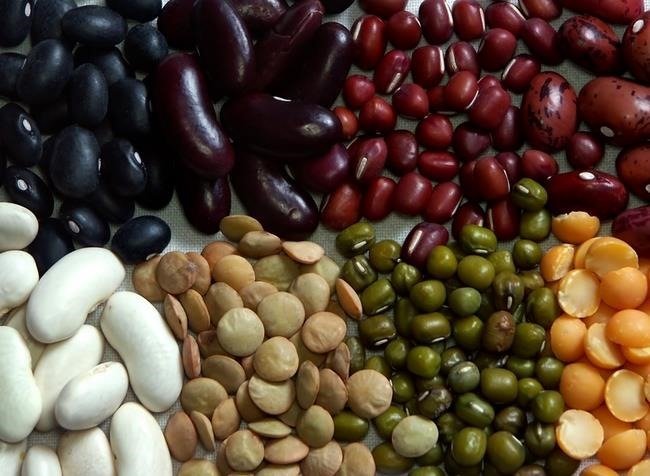Did you know that in many foods you eat every day there are anti-nutrients that interfere with the absorption of essential nutrients? We discover what they consist of and what foods you can find them.

It is known to all that following a varied and balanced diet is essential when it comes to enjoying good health, since maintaining a healthy diet is of vital importance to provide our body with all those essential nutrients that we need so much every day for its proper and correct operation.
We can mention, for example, vitamins and minerals, known from a nutritional point of view as micronutrients. We can also name the macronutrients, such as proteins, carbohydrates or fats, all adequate in their recommended daily amounts. But, did you know that there are also antinutrients?
Indeed, as their name suggests, they are compounds that interfere or prevent the absorption of nutrients. They can be natural or synthetic, and different scientific studies carried out over the last decade have found these types of ant nutritional compounds in a wide variety of foods and beverages. That is, antinutrients prevent our body from being able to absorb the nutrients we obtain through food, by interfering with digestion. And, believe it or not, we consume them every day.
These antinutrients tend to be toxic. For example, we can usually find them in grains and seeds, becoming a defense mechanism of plants by preventing the seeds from germinating before their time and that the insects end up eating all the seeds. An example is phytic acid, which we find in the shells of grains, seeds and nuts, as well as oats, beans, lentils, peanuts and corn, and it forms insoluble complexes with magnesium, calcium, iron, zinc and copper, preventing their proper absorption. .
Another example is found in oxalic acid, which combines with calcium and prevents our body from absorbing it normally. Paradoxically, we find oxalic acid in spinach, which becomes a great source of calcium.
But we can also find certain nutrients that, although healthy and fundamental, influence the absorption of other nutritional compounds. This is the case of flavonoids, antioxidants essential to reduce the action of free radicals and that we find in red berries or in wine, but which nevertheless prevent the correct absorption of iron.
Fortunately, today most of the seeds and plants that we consume every day are “domesticated”, which means that they actually contain small amounts of antinutrients. On the other hand, soaking or cooking grains breaks down the antinutrients they tend to break down and disappear. It is the most suitable before cooking legumes or eating oatmeal, or opting directly to consume roasted peanuts instead of raw.
There are also other traditional preparation methods that by reducing specific antinutrients (such as oxalic acid or phytic acid) increase the nutritional quality of vegetables and fruits; fermentation and malting stand out.































